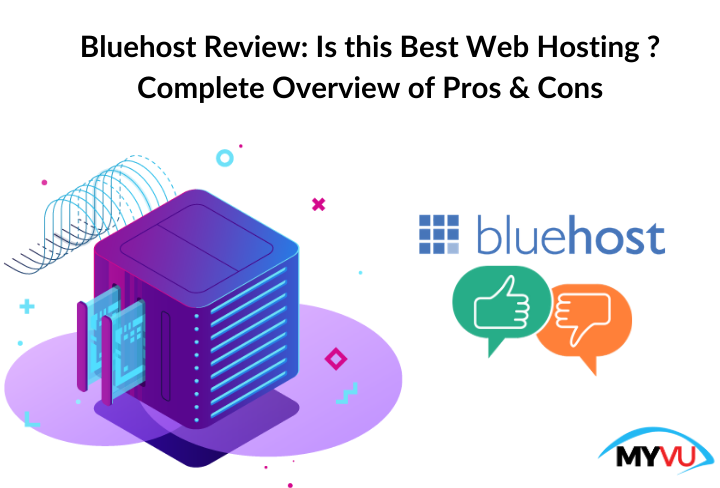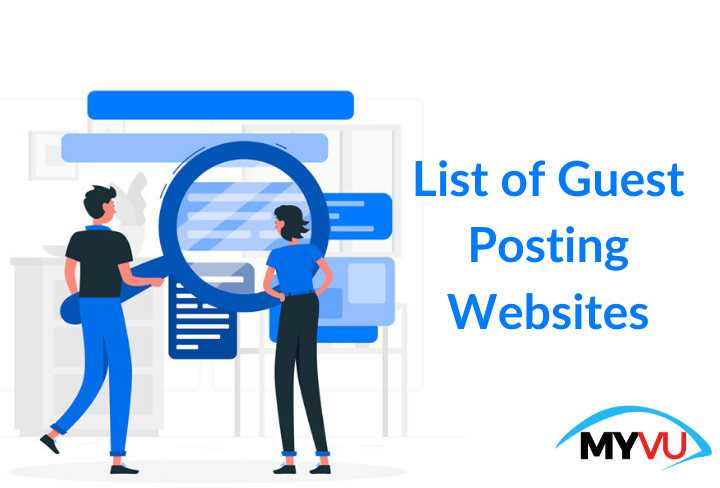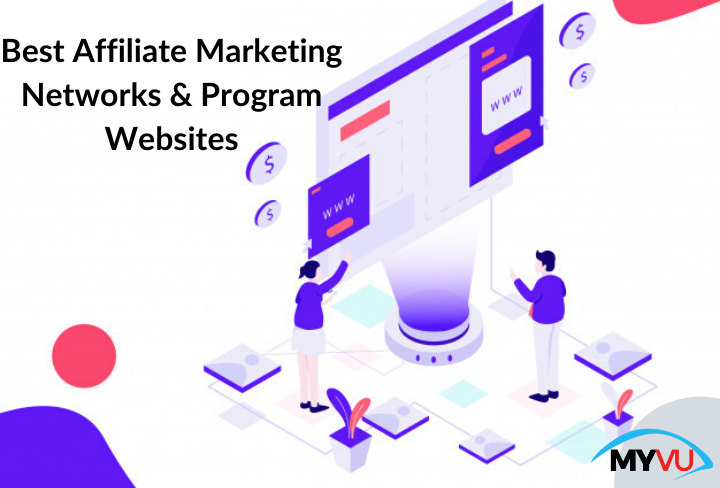A look at modern e-commerce and ways to improve your firm’s online operations
Throughout the last 20 or so years, the internet, computers, and tech have completely revolutionized the way modern firms operate in everything from email communications to social media promotion and online exposure via corporate websites.
However, while the web has undoubtedly changed all businesses, nowhere has its transformational effect been more keenly felt than in the retail sector. Where once online shopping was considered almost an optional extra, today’s most successful firms are those that have embraced tech and put e-com front and center of their operations.
The unstoppable growth of e-commerce
In 2014, global e-commerce sales totaled just $1.336 billion – by the end of 2021, that figure is expected to have grown to almost $5 billion, with many forecasters suggesting a total worth of nearly $6.4 billion by 2024.
Online retailing has proven to be an unstoppable force and is changing what today’s modern consumer expects from companies and changing shopping habits globally. Indeed, one need only look at the recent demise of so many traditional, well-established high street firms to see the impact e-com has had on retail across the board.
A head in the sand mentality that killed previously successful firms
While it may be slightly sad that so many of the traditional stalwart firms have gone to the wall, in truth, the blame lies squarely with the companies themselves for not adapting to change and realizing that the old retail model simply wasn’t fit for purpose in the modern age. Almost without exception, the firms that have benefitted from the ongoing digitalization of commerce were those that recognized change was coming and looked to embrace the considerable advantages afforded by greater integration with tech in their operations.
An internet filled with opportunities – and risks
As the internet has grown over the years and web take-up has increased, it has afforded companies of all sizes tremendous opportunities on a scale never before previously possible. These days, by having a professional online profile, firms can reach out to new markets on a local, national and international level that simply couldn’t be done in the pre-web days.
From social media marketing to Search Engine Optimization (SEO) and online promotions, it’s now possible for any company, of any size, in any sector to expand its operations and find new clients. The web has leveled the playing field in terms of marketing and democratized the advertising and promotions landscape, allowing even smaller companies on limited budgets to effectively publicize and promote themselves online at a fraction of the cost of traditional marketing vehicles like TV, print, or radio.
However, one downside of this increased promotional ability is that competition between firms is now fiercer than ever, with multiple companies all vying for the same market. Where once you might have only had to compete against local rivals, the web now makes it possible for consumers (i.e., your clients – potential and existing) to reach out to companies globally.
The need for an effective online marketing strategy
It’s estimated the world now produces a somewhat staggering 2.5 quintillion bytes of data every day. To put that figure into perspective, a quintillion has 18 zeros – a truly mind-boggling number when you consider this is produced every day.
The web has become the world’s greatest library and our go-to location for everything from streaming media to up-to-the-minute news reporting and social media updates from friends and family – and it doesn’t stop there, not by a long way. By 2025, industry experts suggest we’ll be producing 463 exabytes of data per day. Again, for perspective, an exabyte is 1000 bytes to the sixth power. With the continued growth of social media to blogging sites, big data crunching, and the impending explosion of the Internet of Things (IoT), the web is only going to keep growing.
While this in itself might not sound particularly problematic, for firms looking to promote themselves and make their content stand out online, it’s becoming harder and harder to attract the attention of clients. Also, for internet-only companies (i.e., e-commerce-only firms), generating interest online is central to their success or failure – meaning an effective marketing strategy is key to ensuring company longevity and increasing the chances of surviving and thriving.
Common ways to increase online exposure and traffic
By far, the most common tactic used by firms to increase their exposure online and gain higher site traffic is through a service called Search Engine Optimization (SEO). Effective SEO is a highly detailed and complex set of processes used to increase the likelihood of attracting visitors through search engines by propelling sites to the top of the Search Engine Results Pages (SERPs).
It’s estimated Google currently accounts for over 92% of all search-engine-generated traffic online – meaning, when someone talks about SEO, they’re really talking about Google optimization. Having a high ranking on Google’s SERPs is vital if you’re to have any chance of gaining new customers and expanding your operations.
How search engines are changing modern commerce
Recent research suggests around 71% of all consumer journeys now start with an online search. The old traditional days of physical directory publications like Yellow Pages are long gone (somewhat ironically, yet another company that failed to adapt to incoming change), and these days, the first port of call for consumers is to check online.
It’s worth noting this applies to all sectors and across Business-to-Business (B2B) as well as Business-to-Consumer (B2C) transactions. Bottom line, if your site isn’t being found online in search engines, you’ll be missing out on opportunities and the chances of growing your company.
Additional challenges for e-com firms
The dynamics of shopping online are a world away from traditional retail, and many firms flounder at the first stage when trying to move their operations online. For a start, it’s almost impossible to replicate the same face-to-face care and empathy that’s possible in offline interaction but it’s also very common for many firms to ignore simple best practices that should be employed in online retailing.
As a starting point, you should try to take an impartial, overhead view of your site and its e-com services to see how easy it is for a stranger to find, research and buy goods or services from your company. More often than not, this vital work is better performed by a professional web development company that will be able to properly step back and will find it much easier to identify and isolate any problem areas in your site and its shopping processes that you likely haven’t noticed.
You should also be aware of the most common problems that face all e-tailers, regardless of size or sector, including:
Shopping Cart Abandonment (SCA): As mentioned above, the online shopping experience is completely different from real-world retail. Where you have the opportunity to capture and hold a shopper’s attention in a physical meeting, it isn’t possible to apply the same online. Shopping Cart Abandonment (SCA) refers to the all too common problem of users becoming distracted during the shopping process and failing to complete an order which they were seemingly interested in previously. There are many ways to reduce the chances of SCA on your e-com site – everything from improving page load speeds to using KYC security techniques. If you’re not familiar with that term, check here for a guide to what KYC means and why you should be taking note of this within your own business.
Failing to engage clients: As mentioned previously, around 71% of all consumer interactions start with a search and, in the same way, it took a simple click to visit your site, it’s equally easy for a potential client to click back – in most cases, never to return. If your site fails to engage users quickly and effectively and capture their interest, they’ll simply click the back button – more than likely linking back to a SERP page filled with your rivals.
Customer loyalty: Branding is a science but building brand loyalty online often seems an almost impossible task. The challenge is to build a personality for your firm – one that clients can relate to and feel involved with so as to encourage loyalty and increase the chances of repeat custom. In truth, branding should involve every single aspect of what your firm does – from first contact on the shop floor or e-com site right up to the boardroom – so look for ways to make sure you transmit your company message and ethos clearly online.
Order fulfillment and shipping: There are now more options than ever for companies to outsource their shipping and order fulfillment services – yet, for some reason, this area remains a problem area for many e-com firms. By utilizing drop-shipping services, your company could offset order fulfillment to a third party, allowing you to concentrate on more valuable duties like marketing, advertising, and building brand image.
Keeping pricing competitive: A little like the point above, this really should be relatively simple and a no-brainer – yet keeping prices competitive vexes many firms. Again, you need to start thinking more like your consumers. Just as you likely spend time researching goods and services online before making a purchase, so will your clients. Consequently, you need to spend time looking around competitor sites to see where you sit in the pricing spectrum and ensure you remain an attractive proposition when it comes to the figures you charge.
Conversion rates: Site footfall is just one part of the story, and there’s little point in having high traffic if you never sell anything. If you find that your stats are high yet your sales remain depressingly low, you should bring in the help of an expert to see where you could be going wrong.
Finding the right customers: Anything that happens online leaves a digital trail, and modern analytics and monitoring software make it easier than ever for firms to interpret patterns formed by user data. The problem is, without the adequate skills, experience and knowledge to interpret this data, you’ll have very little chance of being able to act productively upon it. User data can encompass everything from how consumers are finding your site to how they navigate and view pages – but that data is useless unless you can understand it.
SEO DIY vs. SEO from a professional firm
While it’s true that there are some aspects of SEO that you might be able to muddle through yourself, if you want to stand any chance of formulating an effective SEO campaign, you’ll need to enlist the services of a professional SEO and web marketing firm.
The truth is the skills required for successful SEO go way beyond the knowledge and experience of most casual web users and require an in-depth understanding of everything from image optimization, page metrics, and inward links to the proper usage of <h> tags. Incidentally, if any of that sounds like another language, then you should take that as a sure sign you’re not adequately skilled to take on SEO yourself.
Other common tactics used in SEO include (but aren’t limited to):
Keyword research and targeting: Understanding how clients are likely to search for your content and pages is crucially important if you’re to have any hope of being found in Google’s SERPs. A professional company will first study internet search trends for content just like yours so they can tailor your content, so it has the greatest chances of being found.
Performing a full audit of your existing site: Google and all other search engines work by sending out automated bots to gather and return site data that the engine algorithms can then interpret and prioritize by relevance. The adage, ‘you get out what you put in’ is especially important in this respect and, if your site isn’t optimized and doesn’t feature well-written content, tags, and images, you’ll stand zero chance of climbing the SERPs.
Inward links: Google’s success as a search engine was assured by its so-called Page Rank (PR) system that was employed during the early days of the platform’s launch. Page Rank essentially ranked a site by its number of inward links and, while PR has now been merged with multiple other criteria to assess a site’s importance, it remains high up the list in terms of Google’s sorting algorithm. Quality inward links will increase your standing in the SERPs while also serving to bolster your site’s authority.






